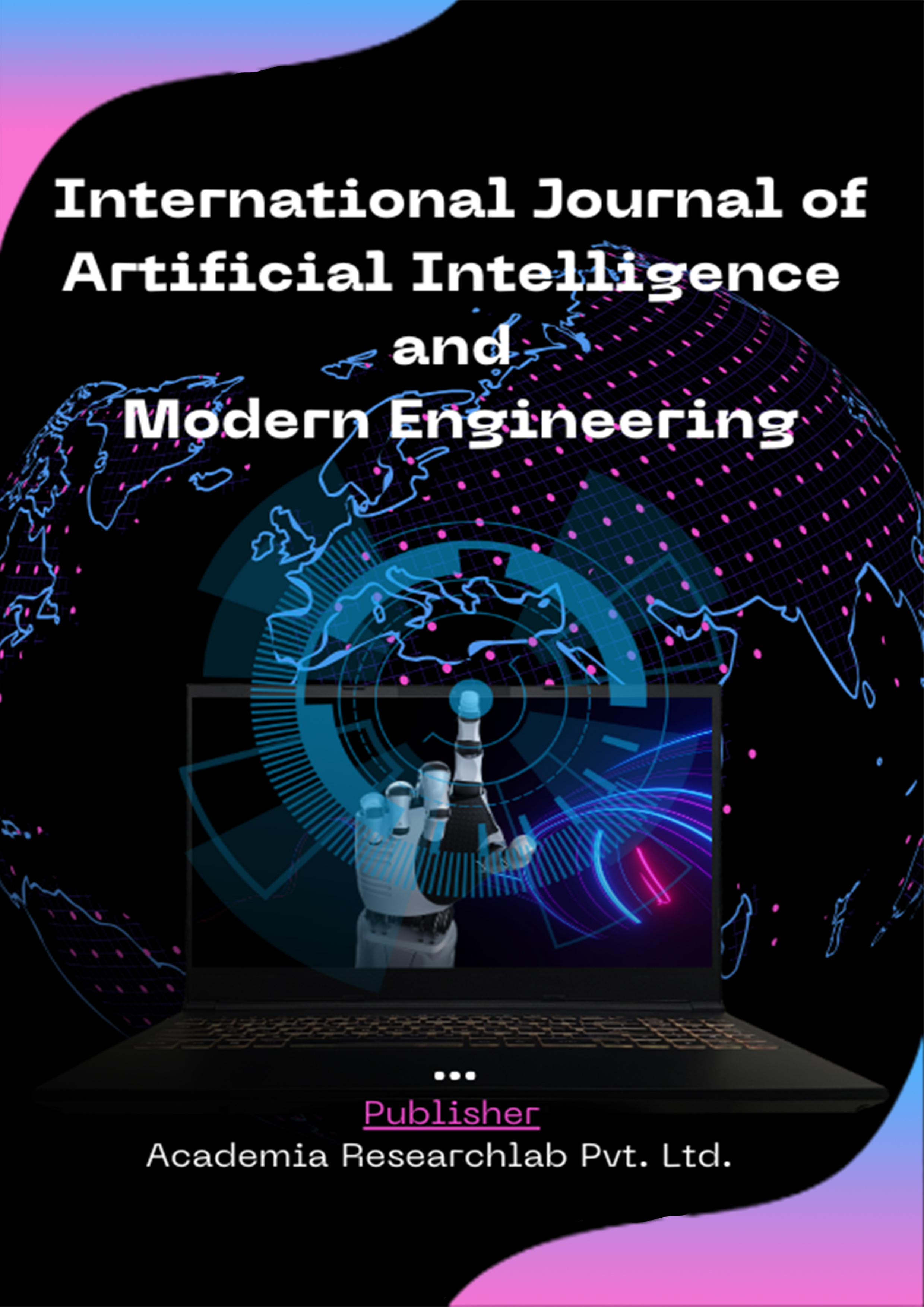CALL FOR PAPERS
Call for Papers for the Inaugural Issue.
Last Date of Submission: 30th October 2025
International Journal of Artificial Intelligence and Modern Engineering (IJAIME) is dedicated to publishing quality research work. IJAIME is a peer-reviewed open access journal published Twice a Year.
Download Sample Paper: https://aime.iseme.net/aimeDocs/AIME-Sample-Full-Manuscript.docx
Download Copyright Form: https://aime.iseme.net/aimeDocs/copyright_form_AIME.pdf
Format: Follow the journal’s template for formatting (font type, size, margins, spacing).
Title Page:
Manuscript title
Author names, affiliations, and email addresses
Corresponding author’s details
Abstract: A concise summary (150–300 words) outlining the research’s purpose, methods, results, and conclusions.
Keywords: 4–6 keywords relevant to the study.
Main Sections:
Introduction: Background, research objectives, and study significance.
Methods: Detailed description of the methodology for reproducibility.
Results: Clear presentation of findings, supported by tables and figures.
Discussion: Interpretation of results, limitations, and implications.
Conclusion: Summary of findings and potential future work.
References: Use the citation style required by the journal (e.g., APA, MLA, Chicago, or journal-specific).
Figures and Tables:
Submit high-resolution images (JPEG, PNG, or TIFF).
Number figures and tables sequentially with descriptive captions.
Embed them in the manuscript and upload separately if required.
Note: The article must not exceed 15 pages.
Plagiarism Policy:
Originality: Manuscripts must be original and unpublished. Do not submit the same manuscript to multiple journals simultaneously.
Plagiarism Check: Most journals use software like Turnitin or iThenticate. Ensure similarity index is less than 15%.
Proper Citation: Credit all borrowed ideas, text, figures, or data. Use quotation marks for direct quotes and in-text citations.
Self-Plagiarism: Avoid reusing previously published work without citation or permission.
Consequences of Plagiarism:
Manuscripts with plagiarism will be rejected outright.
Severe cases may lead to bans or institutional notifications.
Criteria: List only those who contributed significantly to conception, design, execution, or interpretation.
Acknowledgments: Mention funding sources, technical assistance, or other non-author contributions.
Conflicts of Interest: Declare any financial, institutional, or personal conflicts.
Statement: Include a data availability statement specifying where supporting data can be accessed.
Supplementary Material: Upload additional datasets, appendices, or multimedia if relevant.
Online Portal: Submit via the journal’s online submission system.
Cover Letter:
Address to the Editor-in-Chief.
Highlight the manuscript’s significance.
Confirm ethical compliance and originality.
File Formats: Submit the manuscript in Word format.
Peer Review: Expect a double-blind or single-blind review process.
Revisions: Address reviewers’ comments carefully and include a detailed response document.
Article Processing Charges (APC): Check applicable submission, publication, or open-access fees.
Proofreading: Review the final proof for errors.
Copyright: Sign the copyright transfer form or choose a Creative Commons license.
IJAIME operates on open access policy for a journal and practices to ensure free and unrestricted access to scholarly articles and research publications. Open access policies are aimed at promoting the dissemination of knowledge and maximizing the reach and impact of research. Here's a general outline of an open access policy for our journal:
Call for Papers for the Inaugural Issue.
Last Date of Submission: 30th October 2025

